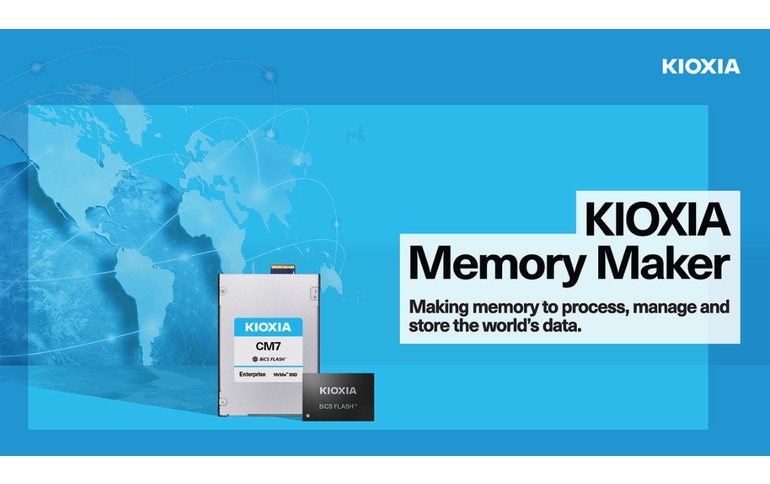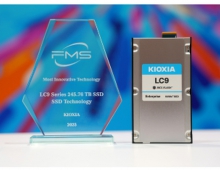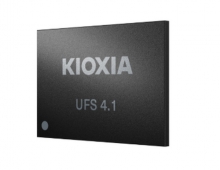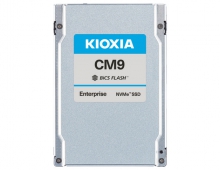
KIOXIA at Mobile World Congress 2024
KIOXIA Europe announced that it is participating at this year's Mobile World Congress in Barcelona from 26th February to 29th February 2024. KIOXIA will join Hewlett Packard Enterprise (HPE) at booth 3N10 in Hall 3 to present their collaboration on the recently launched[1] HPE Spaceborne Computer-2 to conduct scientific experiments at the International Space Station (ISS).
KIOXIA will be featuring its flash memory-based product lineup of Value SAS and NVMe SDDs (RM, CM and XG), the robust flash storage provided to HPE's Spaceborne Computer-2 comprising Edgeline and ProLiant servers. Flash memory-based SSDs can withstand the harsh outer space environment as they are less susceptible to electromagnetic waves and have no moving parts, unlike hard disk drive storage. SSDs can deliver faster performance, power efficiency and reliability required.
Overall, KIOXIA provided eight 1,024 gigabytes (GB) NVMe, four 960 GB value SAS SSDs and four enterprise SAS SSDs, each 30.72 terabytes (TB). With more than 130 TB, this is the highest amount of data storage to have ever travelled to the space station on a single mission.
"We are looking forward to joining HPE at their stand 3N10 in Hall 3 at Mobile World Congress," said Paul Rowan, Chief Marketing Officer & Vice President at KIOXIA Europe GmbH. "Partnering for many years with HPE, our collaboration extends to a broad range of HPE solutions from mobile to cloud and enterprise applications."
Beyond this collaboration, KIOXIA will also show its Enterprise SDD and Data Center SDD line-up, highlighting Enterprise Data Center Storage Form Factor (EDSFF) E3.S at the executive meeting rooms in Hall South Village. In addition, visitors will be able to learn more about the company's e-MMC and UFS storage solutions based on BiCS FLASH™ 3D flash memory. While e-MMC is ideal for applications requiring less density such as streaming media devices, printers, wearables, and IoT devices, Universal Flash Storage (UFS) 4.0, a JEDEC-standard, non-volatile managed flash device, is designed for high-performance embedded applications in smartphones, automotive systems, tablets, smart speakers, and AR/VR devices.
Notes:
[1] The NG-20 mission rocket containing the HPE Spaceborne Computer-2 and KIOXIA SSDs was successfully launched at the end of January 2024: https://europe.kioxia.com/en-europe/business/news/2024/20240130-2.html
Definition of capacity: KIOXIA defines a megabyte (MB) as 1,000,000 bytes, a gigabyte (GB) as 1,000,000,000 bytes and a terabyte (TB) as 1,000,000,000,000 bytes. A computer operating system, however, reports storage capacity using powers of 2 for the definition of 1GB = 230 bytes = 1,073,741,824 bytes and 1TB = 240 bytes = 1,099,511,627,776 bytes and therefore shows less storage capacity. Available storage capacity (including examples of various media files) will vary based on file size, formatting, settings, software and operating system, and/or pre-installed software applications, or media content. Actual formatted capacity may vary.





















